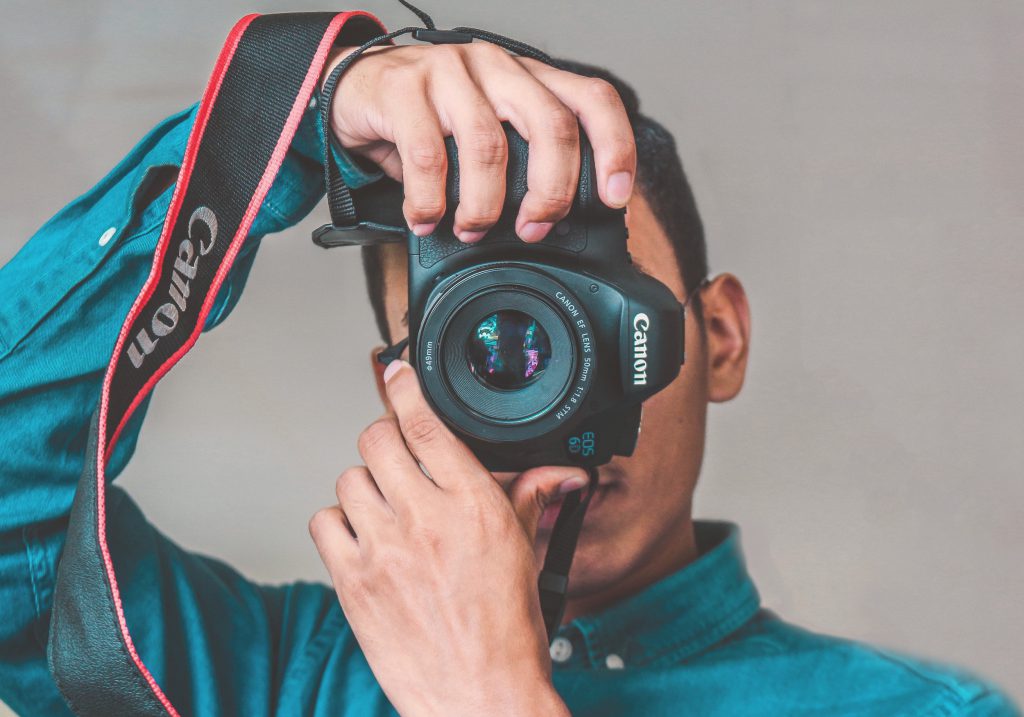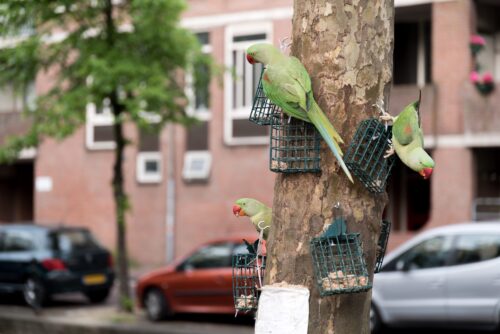Is It Ever OK to Publish Photographs of Human Remains?

Ask SAPIENS is a series that offers a glimpse into the magazine’s inner workings.
Death is an experience that binds all of humanity. Everyone dies. And yet, how humans make sense of death and how people care for the dead varies greatly from culture to culture around the globe. At SAPIENS, we aspire to understand, celebrate, and respect these different traditions.
For many Indigenous peoples, photographs of human remains are deeply problematic. In some cases, this is due to the history of colonial science, which, for example, resulted in the excavation and looting of hundreds of thousands of Native American graves. Skeletons were placed on display, images of them were published in books, and some of them were even turned into tourist attractions. In one infamous example, a family outside of Salina, Kansas, excavated a 600-year-old cemetery of Native Americans belonging to the Pawnee Nation and charged tourists to see the 146 open graves. The tourist site operated for 50 years, not closing until 1989. For other Indigenous communities, photographs of human remains are problematic because of specific cultural beliefs. For example, the Diné (Navajo) of the U.S. Southwest believe that encountering the spirits of the dead can make those who come upon them sick.
Even as we aspire to respect these beliefs and traditions, we recognize that photographs of human remains can be a powerful educational and journalistic tool, and in certain cases, they can greatly serve our readers. Such images can help readers grasp key concepts (for example, the features of bones used in anthropological studies). They can also give a sense of fieldwork or convey the immediacy of particular events. In the cases of massacres, for instance, survivors and their allies may insist that the use of images of people in death are a powerful form of witnessing. As one article examining the victims of the war in Guatemala that lasted 36 years noted, “bones make excellent witnesses.” The forensic anthropologist Clyde Snow said, “Although they speak softly, they never lie, and they never forget.”
At SAPIENS, we try to balance these different perspectives by prioritizing the values of respect and the need for consent. For any photograph of human remains considered for publication, we try to ensure that the magazine has consent for publication from the individual’s kin or likely community of descent. This requires a case-by-case consideration of each potential photograph and a negotiation with the SAPIENS author, photographer, and the kin or community in question.
In cases where the individual’s kin or community may be unclear, the editorial team uses its judgment, weighing the potential benefits of these images with their potential for harm. As part of this process, we consider:
- The age of the human remains (we assume that the closer the individual is to the present, the more likely it is that descendants might be living and thus the need for more caution).
- Whether the remains are considered ancient human species with no living relations or a shared ancestor for all humanity (e.g., Homo naledi, the 250,000-year-old species).
- How the human remains are depicted (we consider photographs of human remains to be potentially more harmful than line drawings, scans, or casts/models).
- Some Native American leaders have expressed further concern about photographs of belongings from funerary contexts, and so we will further consider whether it is possible to respectfully show such images.
Finally, to do our best to ensure that individuals do not unwittingly view photographs of human remains, moving forward we will not use such images as the art at the start of the article or as the featured image for distribution on social media. In addition, when we do elect to use images of human remains, we include a caution at the start of the article stating: “Please note that this article includes image(s) of human remains.”
Editors’ Note: This article was updated on February 29, 2024, to include the issue of funerary belongings.































